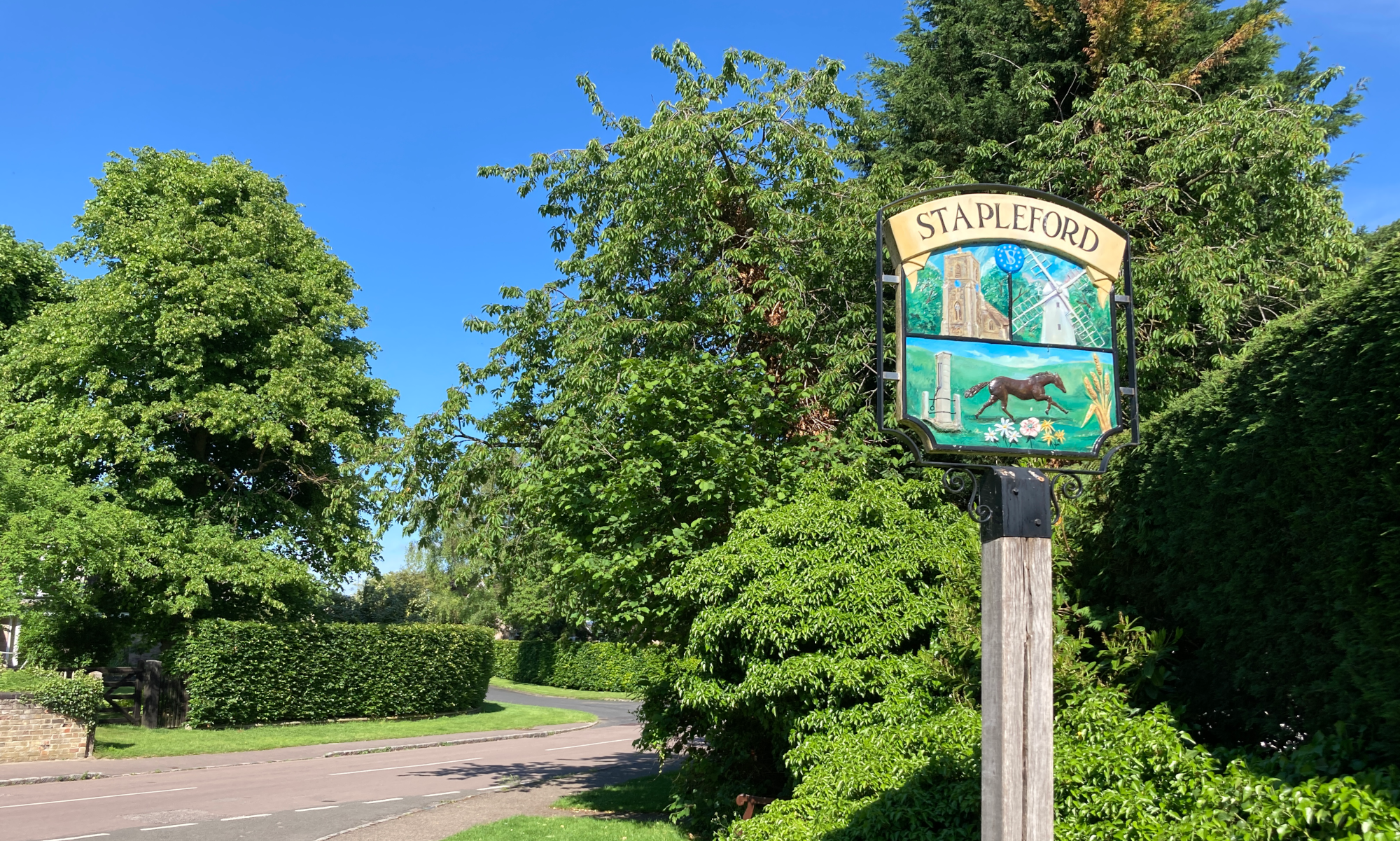Stapleford History Society 14th March 2023
This talk was given by Mary Dicken, a vicar’s daughter, who has spent all but her student years living in Sawston. She made it clear from the beginning that she was not going to talk about the industrial processes but about the people who had lived and worked in Sawston. The talk focussed in particular on the several young men who came into the area and decided to set up businesses, having been attracted primarily by the natural resource of the lime rich waterway. This quality of water was eminently suitable for making paper and tanning leather.
A map of 1811, drawn at the time of the Enclosures, shows that Sawston had a population of 288 males and 315 females whose main occupation was farming. By the 1890s the population had grown more than in any other South Cambridgeshire village and was only slowed by the economic depression of the 1890s It took until the 1950s to resume its late 19 th century level.
The paper industry was started by Edward Towgood in 1807. He allowed women to work cutting up rags to be turned into paper and introduced steam power, both highly innovative at the time. He and his brother, Hamer, ran Mill Farm with its herd of prize-winning Guernsey cows as well as the paper mill. In 1866 they paid for the building of the new National School (4 years before Forster’s Education Act). The paper mill was bought by Harry Spicer in 1917.
Harry Spicer was also very go-ahead. He built a sports ground and allowed everyone to use it. He wanted the best for everyone in Sawston and built the cinema which is now known as The Marven Centre. He was there when the Prince of Wales opened Sawston Village College and even made the erection of the New Road Bus Shelter into a grand occasion.
In 1895 Walter Hutchings started a leather glove business. This became Hutchings and Hardings then the Eastern Counties which still makes chamois leathers.
Walter Hutchings was very prominent in local government and only retired in 1948. He was friendly with John Crampton, seen as the leader of the Progressives and ‘friend of the working man’. In 1867 John Crampton supported the locals in their desire to start an Industrial and Coop Society despite opposition from another important character in this story: Thomas Sutton Evans.
Thomas Sutton Evans was a talented but tyrannical entrepreneur who established The Old Yard where parchment and leather were produced. He tried to reduce his employees’ take-home pay by making them buy drink in his pub before getting their wages. He also objected to having a railway station for Sawston at a time (1846) when Shelford Corn and Coal got a private siding and Shelford got a station.
A growing population inevitably needed a doctor. Frederick Prince was the local doctor had to deal with the occasional outbreak of smallpox and typhoid, the pathogens being found in infected rags and infected water respectively. He was also the creator of the Cerebro-Cibus drink, an early energy drink made locally.
The increase in population generated the need for more and better houses, better shops for all sorts of provisions and the increase in literacy is reflected in the number of magazines sold in the local shops. The number and variety of goods advertised in newspapers and magazines reflect the increasing prosperity in the little town of Sawston.
For more information visit the Archives at the Mary Challis House, Sawston.
[report by Jane Steadman]

